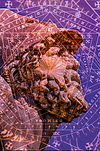Modern contemporary wall art
Modern contemporary Canadian artworks and NFT news trends to watch MBF-Lifestyle designs by Claude Edwin Theriault
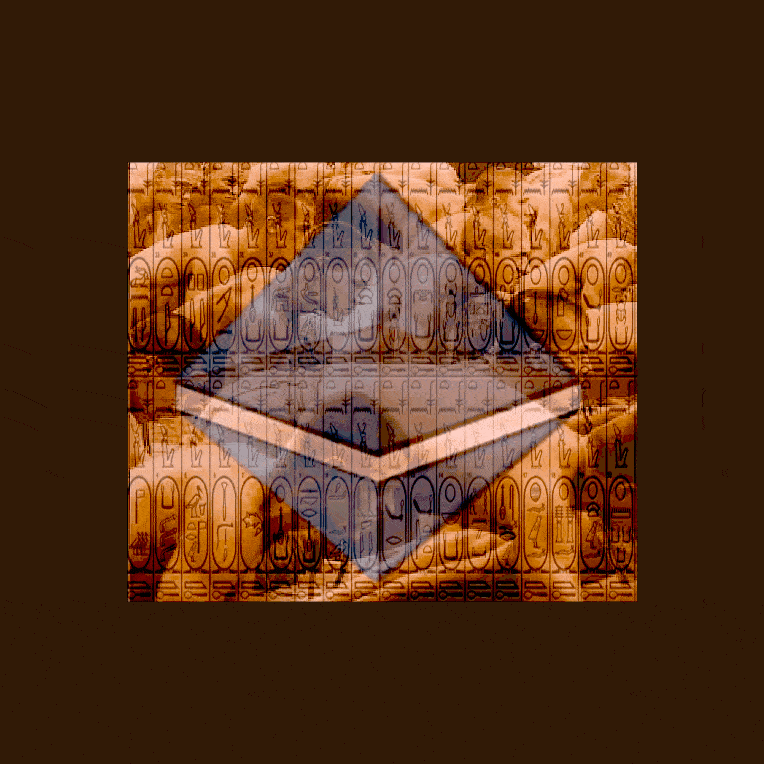
Prints can be quickly and easily replaced using a swap by selling so as to buy a new one to look at every few months.
So, if you are looking for a unique and personal gift to bring the lasting message art describes, for that someone special in your life, or want to add some wow factor to your home décor, a print-on-demand metal wall art piece from MBF-Lifestyle is the way to go. Bringing the transformative work of MBF-Lifestyle studio designs has a real, now, stale abstract expressionism power of art print on metal into your life today.
What is modern contemporary art?
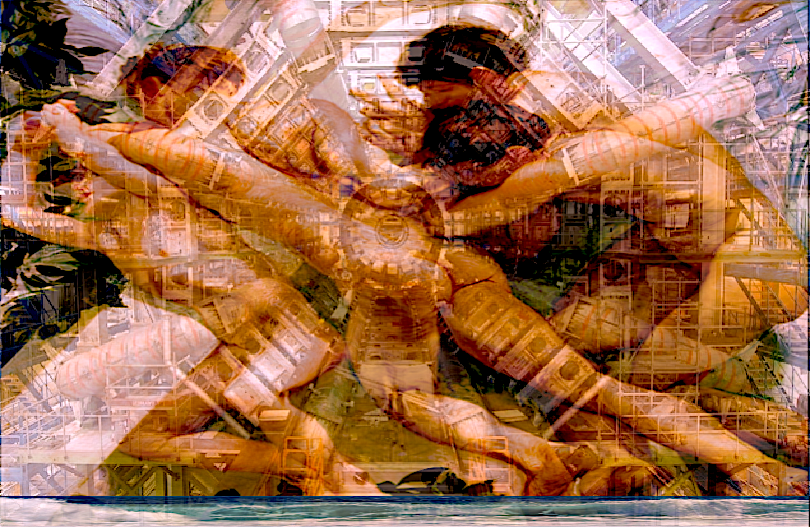
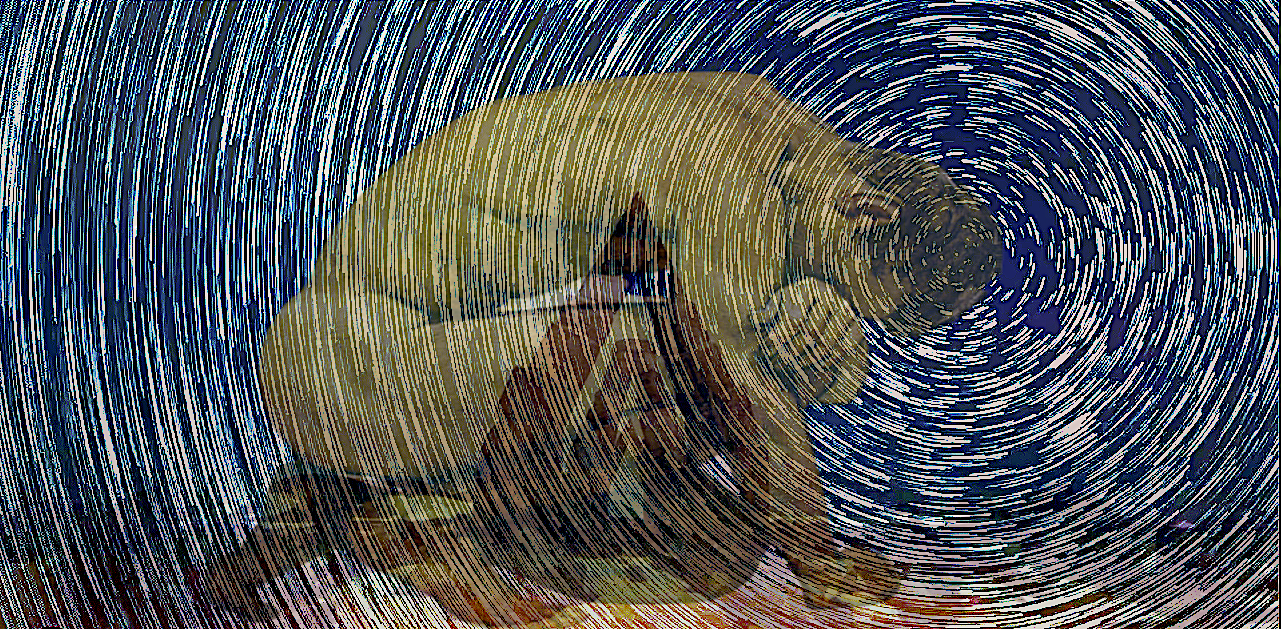

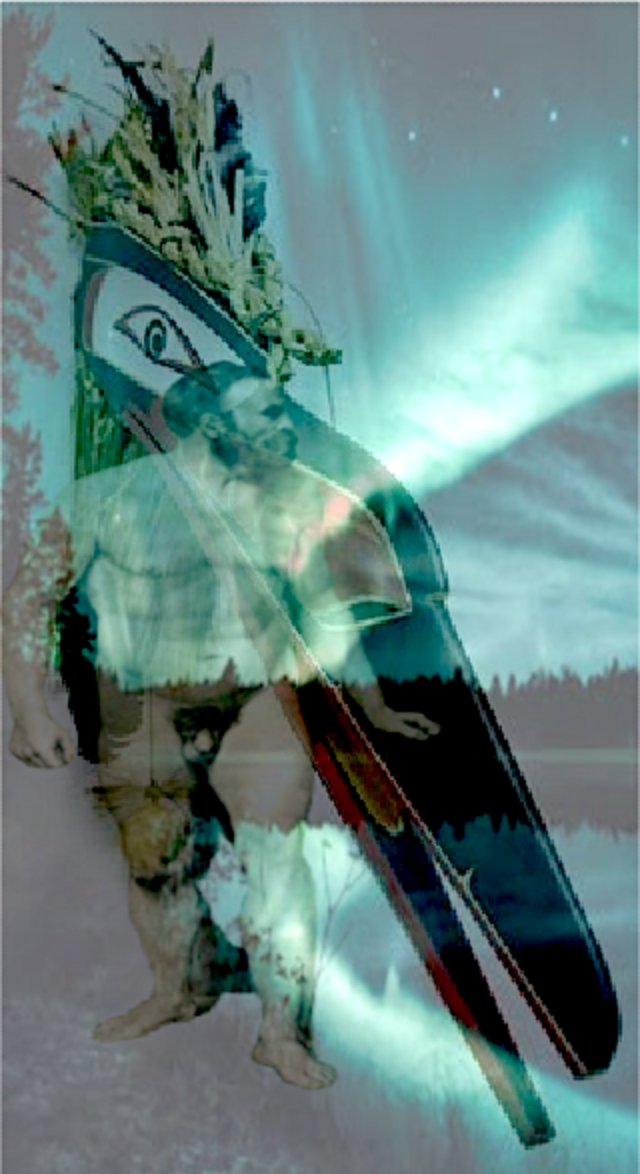
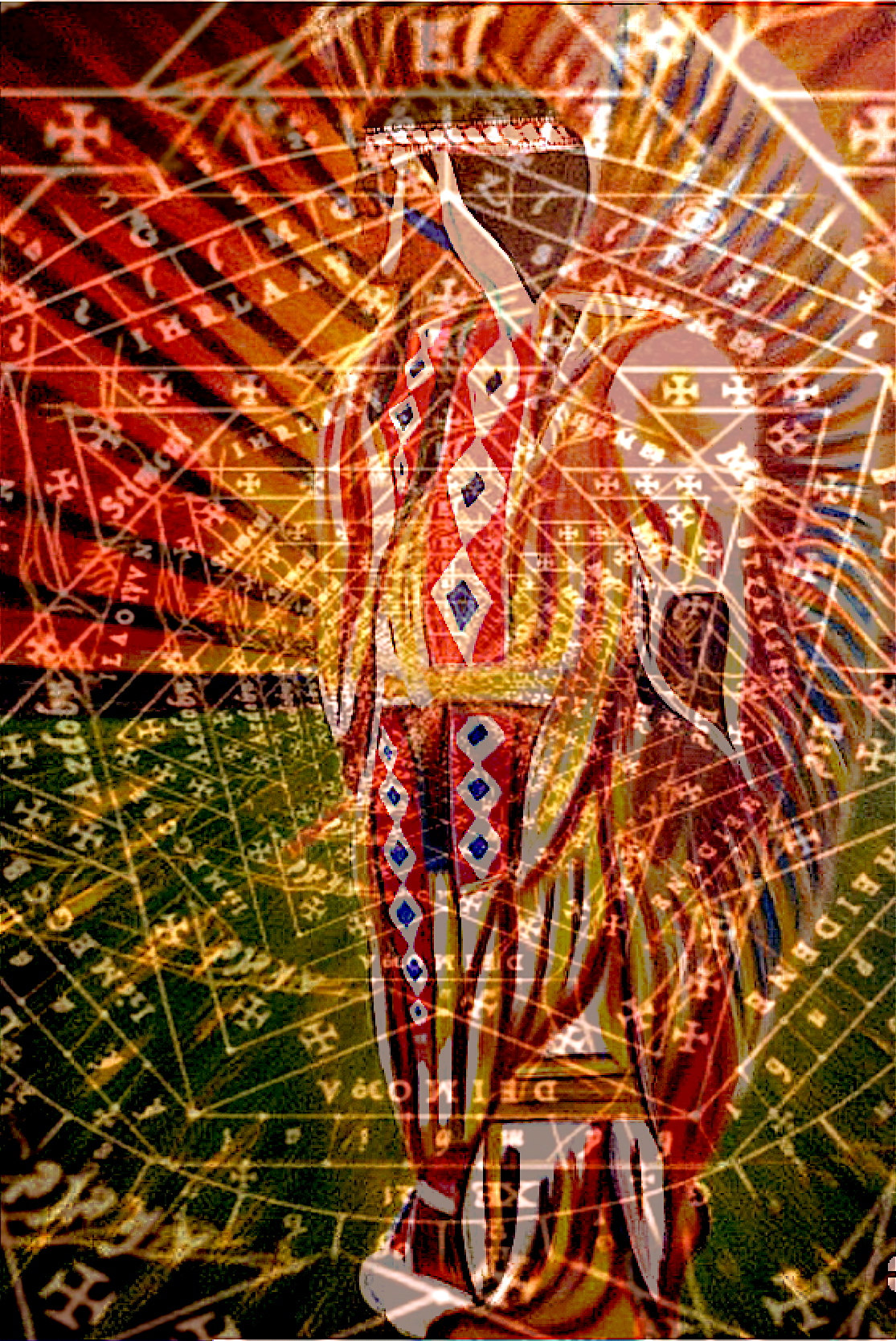
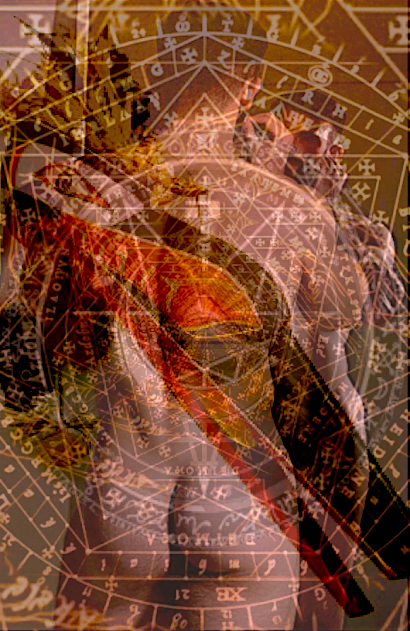
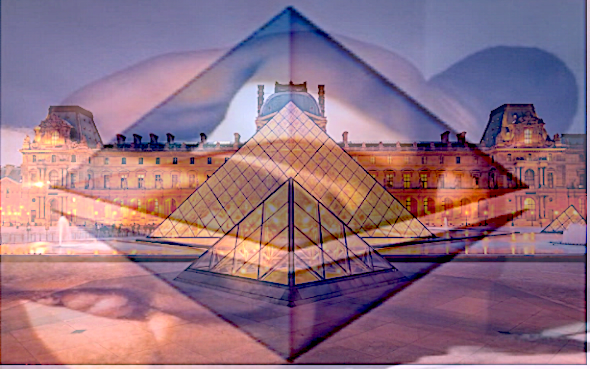
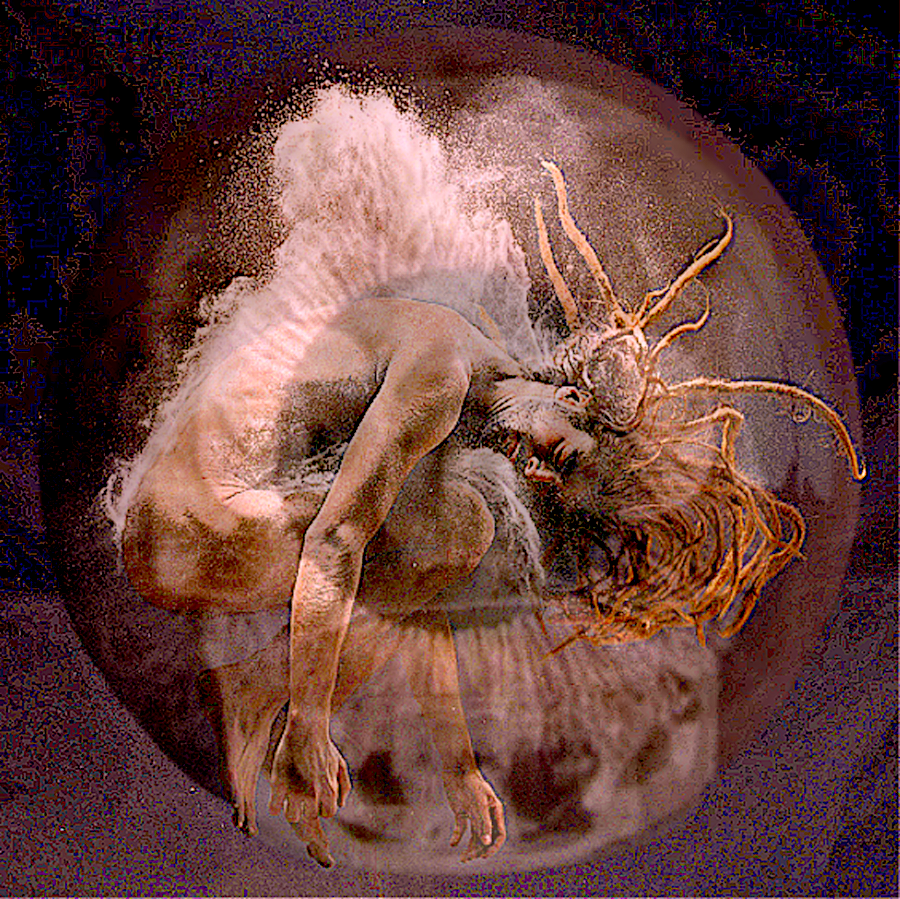
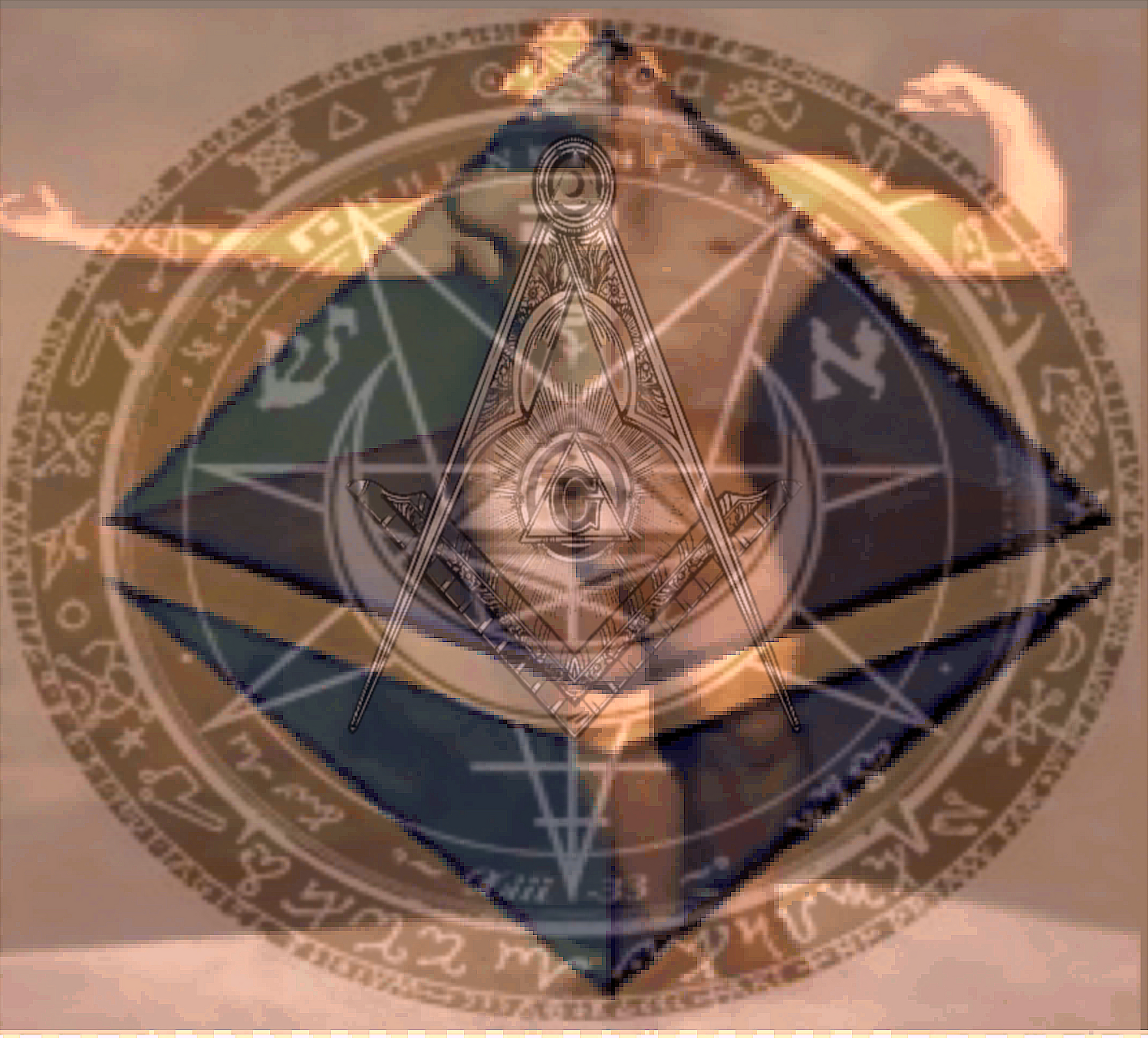
NFT modern contemporary art trends to watch from MBF-Lifestyle East Coast
Modern contemporary art is an umbrella term for artwork from the late 20th century and beyond. It is not tied to any particular style or medium, but encompasses various movements, genres, and approaches. These artworks often innovatively explore themes such as popular culture, identity, and technology. Claude Edwin Theriault uses a variety of media, including painting, sculpture, photography, performance art, video art, installation art, digital art, and more, to express their ideas. The goal of really good art is often to challenge traditional forms of expression and create artwork that resonates with viewers in new ways. It also seeks to creatively reflect on pressing social issues while encouraging dialogue between artist and audience.
What makes modern art different from contemporary art?
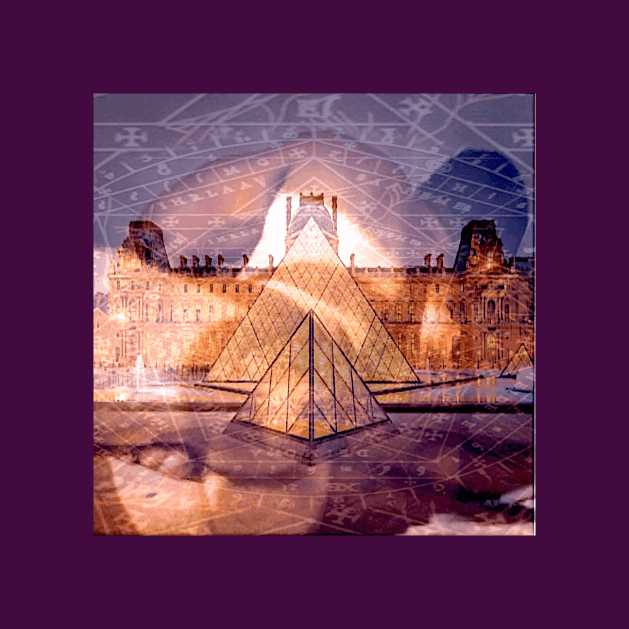
Modern art is any artwork created from the 1860s to the 1970s, while contemporary art refers to artwork made after the 1970s. The main difference between these two art forms is their respective time frames. While modern art reflects a period of conscious revolt against traditional art forms, contemporary art expresses current trends in culture and society. This may include works created using digital media, such as computers or photography. Additionally, modern art was often characterized by abstract styles and forms. In contrast, contemporary artists are likelier to use realistic techniques to explore social issues such as gender identity, race, and politics. Whereas modern art focused on individual experience and emotion, contemporary art has a much broader scope and can be used to raise awareness about social problems.
What are examples of modern and contemporary art?
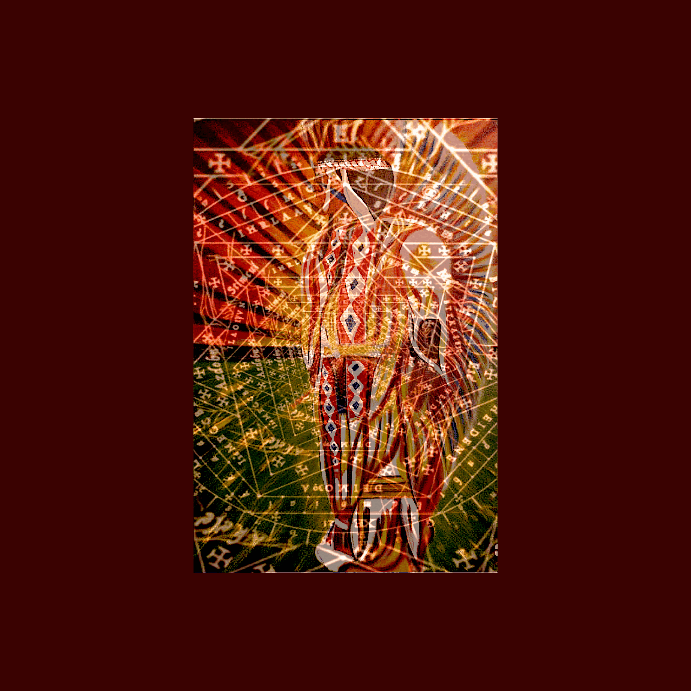
Modern Contemporary NFT designs
Modern and contemporary art are two terms that are often used interchangeably, but their meanings can be quite different. Modern art is generally defined as artwork created between the late 19th and mid-1970s. It tends to focus on formal elements such as line, shape, and colour, while exploring themes of emotion, abstraction, and non-traditional composition.
On the other hand, contemporary art refers to works created after the mid-1970s up until the present day. This type of art often reflects current events, societal trends, or even technological advancements. Modern and contemporary art include minimalist paintings by Mark Rothko, abstract sculptures by Alexander Calder, performance pieces by Marina Abramovic, and installation works by Yayoi Kusama. These artists have pushed the boundaries of traditional artistic expression to create unique works that remain relevant today.
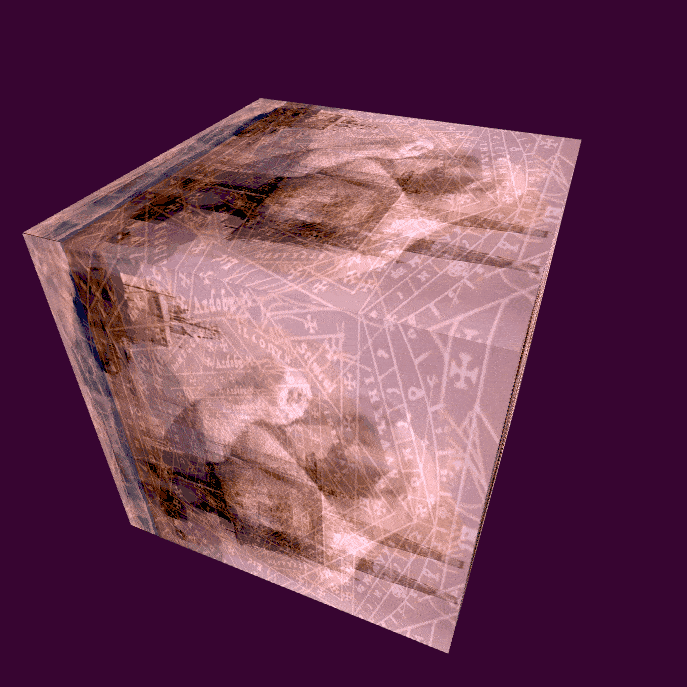
How do you define modern art?
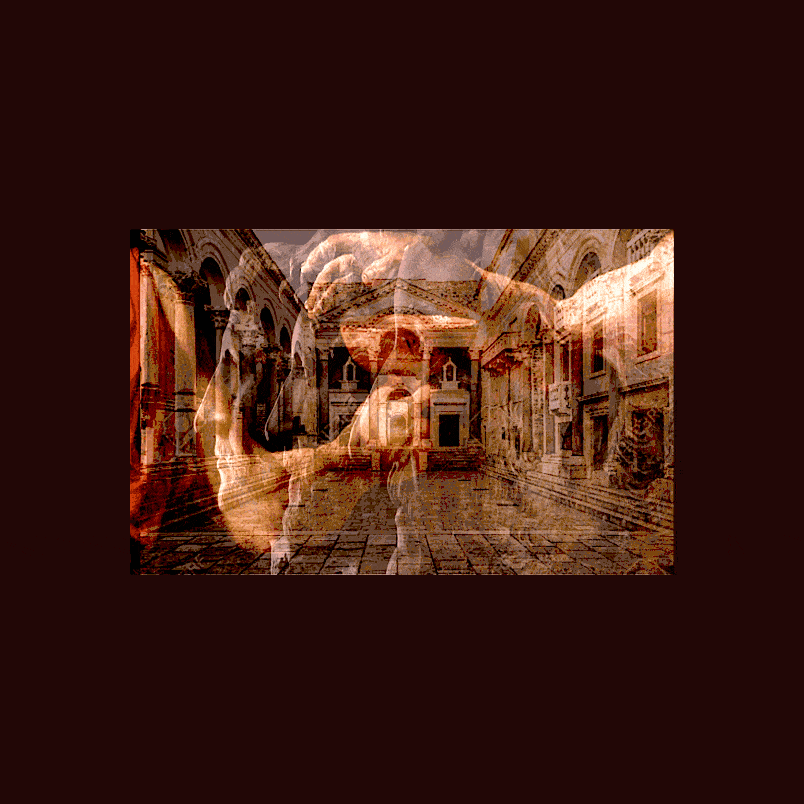
Modern art is a term used to describe the creative works created from the late 19th century to the present day. It encompasses various styles, techniques and ideologies that have changed over time, as well as multiple media such as painting, sculpture, photography, performance art and digital art. Modern art can be appreciated for its aesthetic value or used to explore philosophical ideas and concepts. It often provokes intense reactions and reactions of awe in the viewers. Some of the most well-known modern artists include Pablo Picasso, Paul Klee and Mark Rothko. Contemporary art has no definitive definition but can be seen as an ever-evolving genre that sheds light on society’s current culture, values and beliefs.
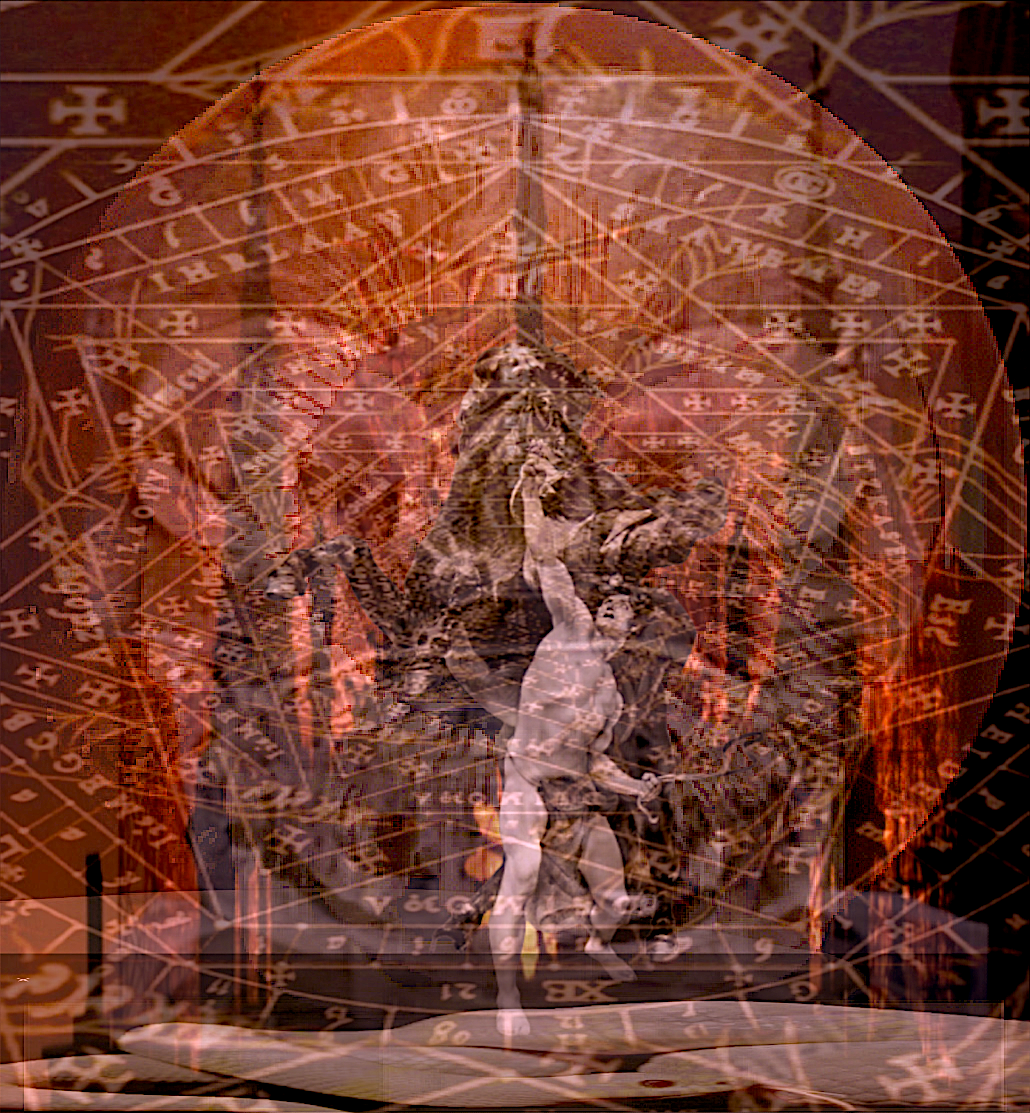
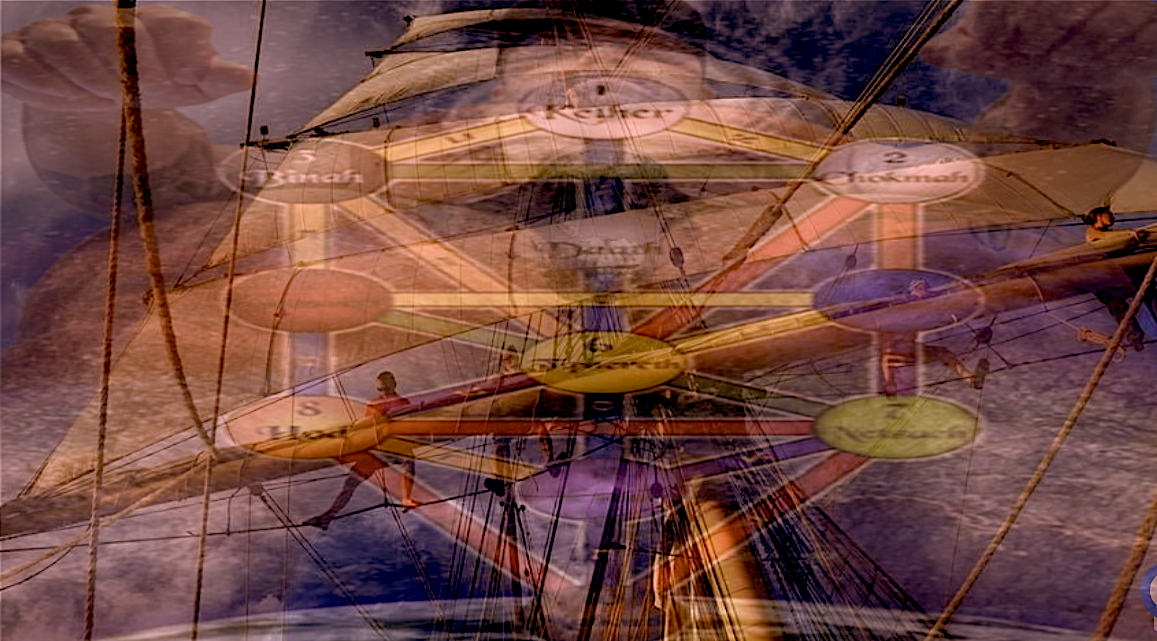
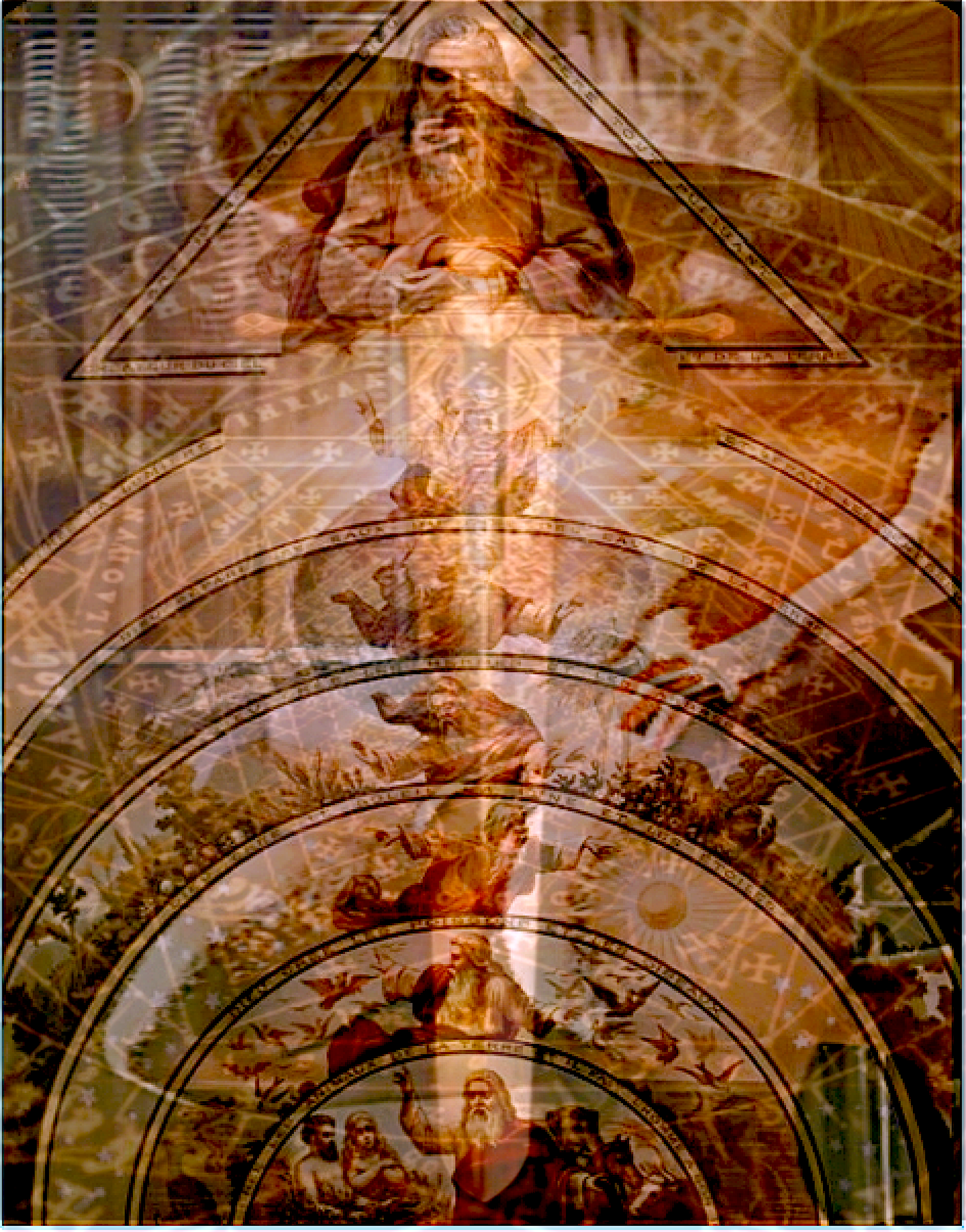
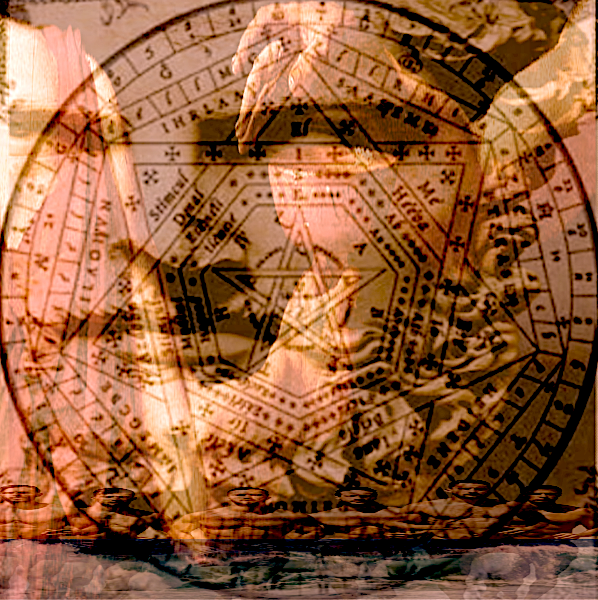
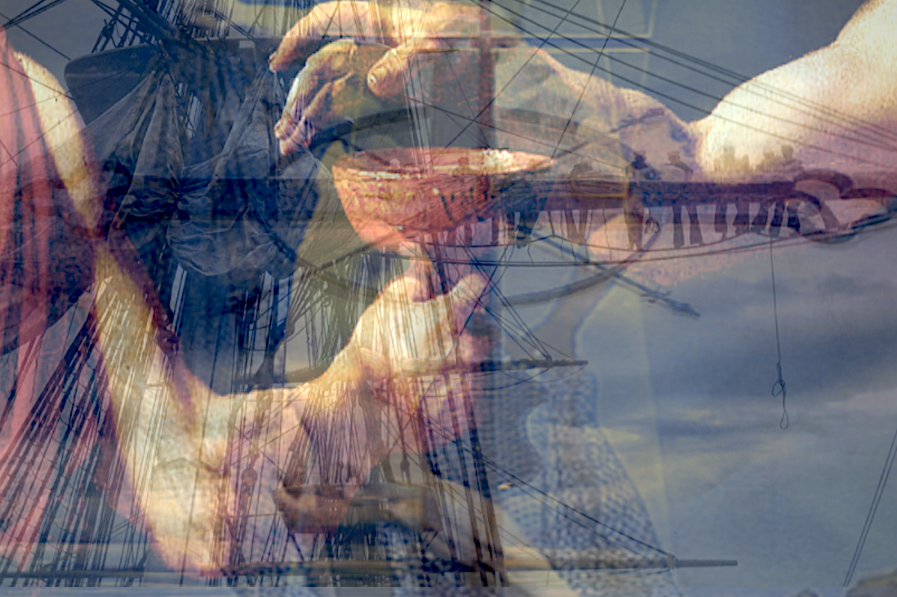
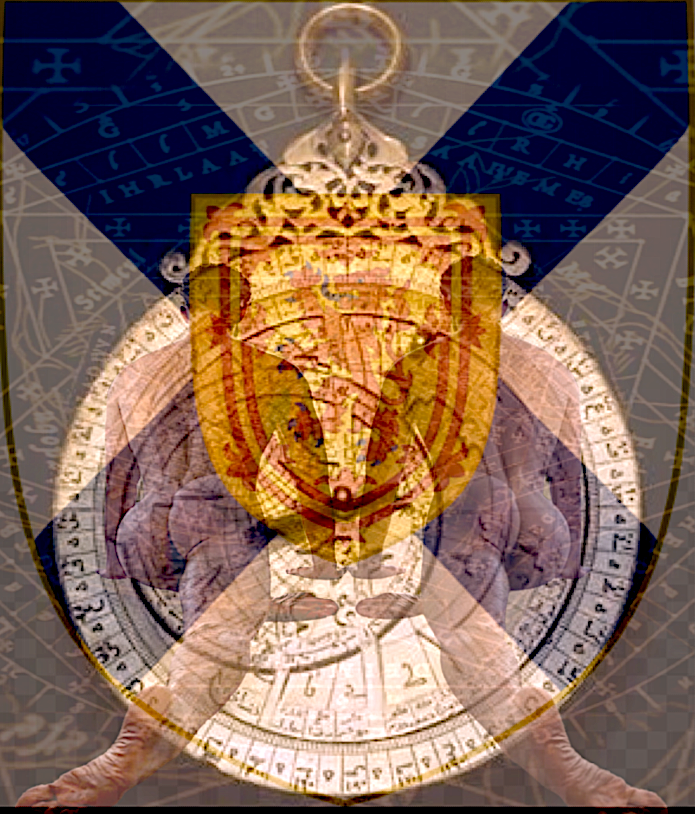
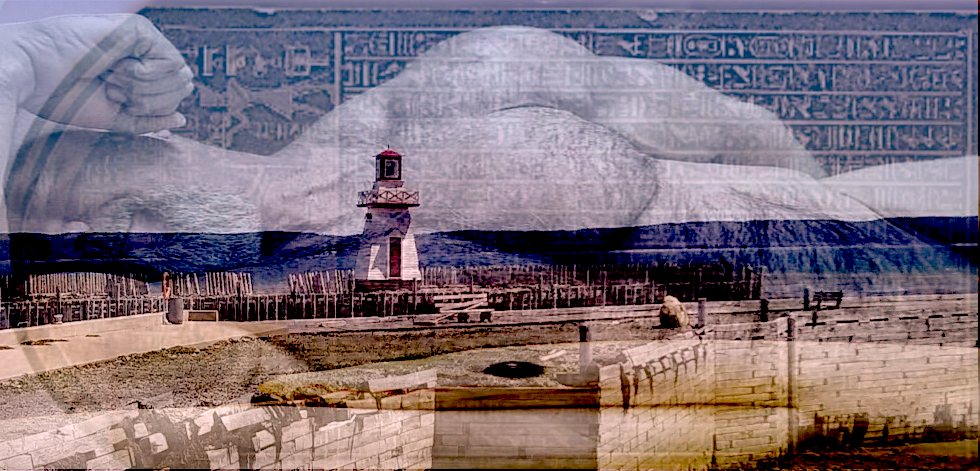
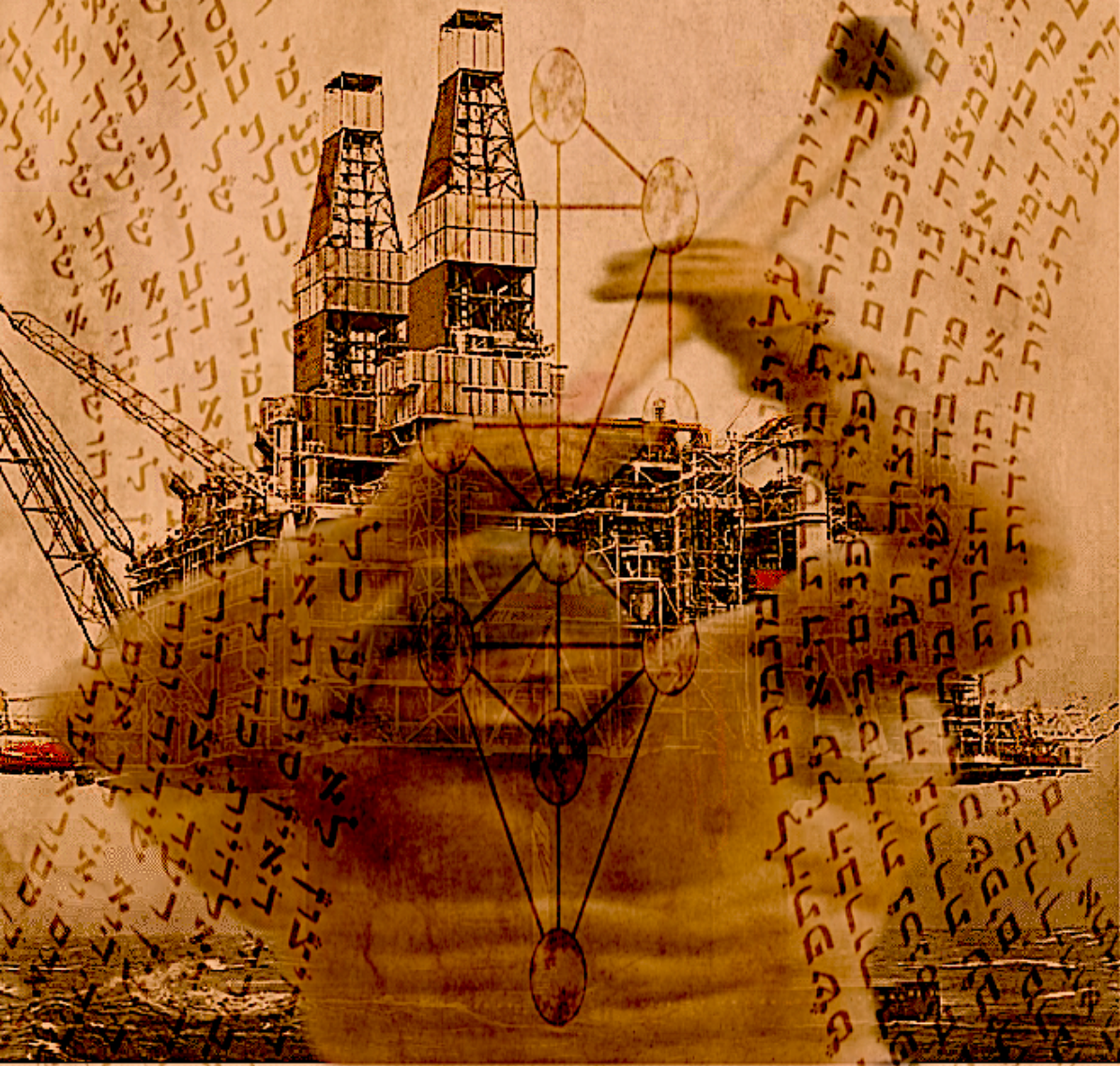
Nova Scotia French Acadian Artist Gallery of Claude Edwin Theriault of MBF-Lifestyle
Difference between modern and contemporary art?
Modern art and contemporary art are often used interchangeably in modern culture, but the two have some distinct differences. Modern art refers to works from roughly the 1860s to the 1970s. It is characterized by rejecting traditional styles and conventions, favouring experimentation with new materials, techniques, and methods.
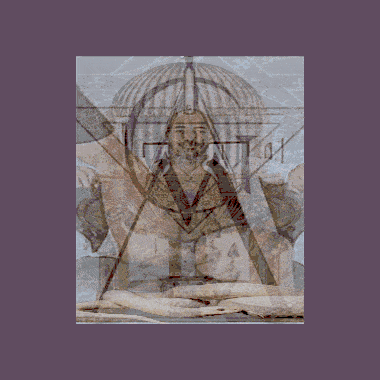
On the other hand, contemporary art refers to art created after 1970 that is still being produced today; an eclectic approach characterizes it, as artists blend various techniques and media in their work. Contemporary art has a wider scope than modern art, as it reflects on current trends and cultural issues. In contrast, modern art focused on developing innovative approaches and materials. Furthermore, contemporary artwork often strongly emphasizes concept-driven pieces that can be interpreted differently depending on the viewer.
How have new technologies influenced contemporary artists and their work
New technologies have revolutionized the way contemporary artists create and display their work. Digital tools like Adobe Photoshop, Adobe Illustrator, and Autodesk Maya have made it easier for artists to produce high-quality art that can be shared with a global audience.
The internet has also allowed for the easy sharing of artwork on social media platforms like Instagram, Twitter, and Facebook. This has given artists more opportunities to showcase their work and gain exposure. Additionally, digital printing techniques allow for more cost-effective artwork reproduction, making it easier for artists to profit from their creations. New technologies have profoundly impacted contemporary art and how it is created, displayed, and shared with the world.
